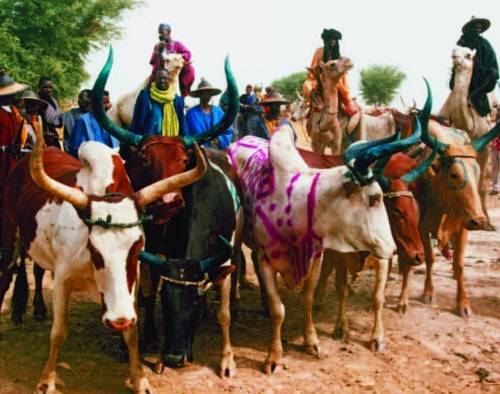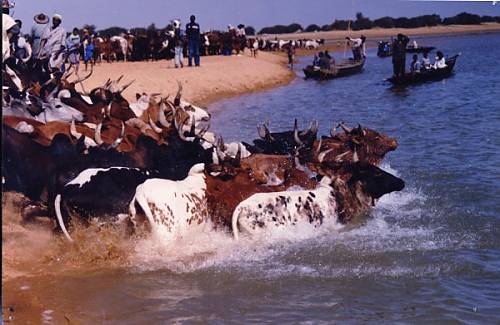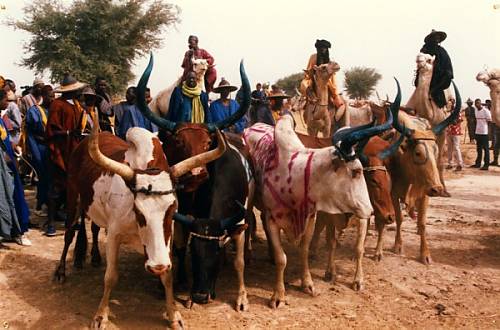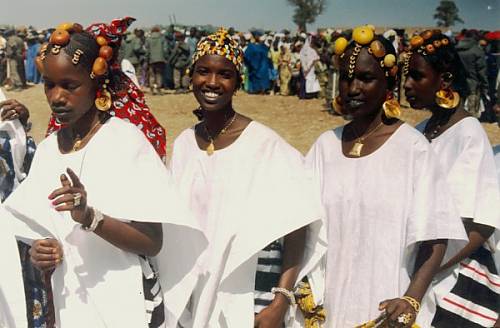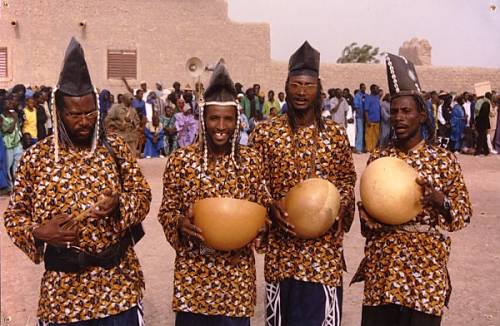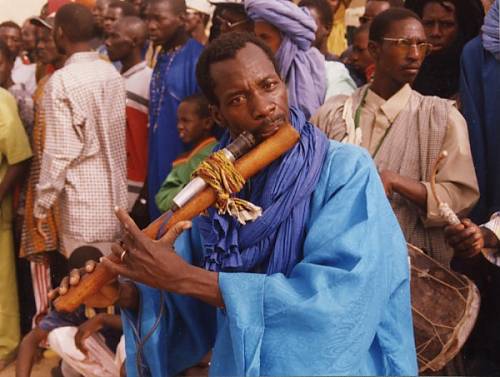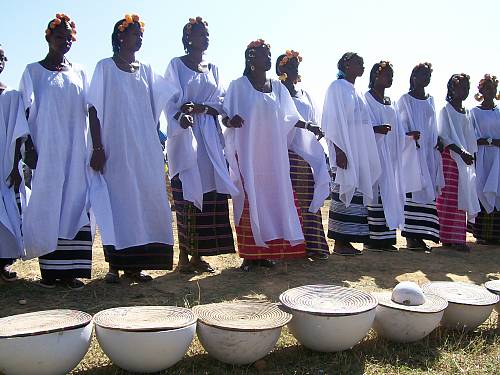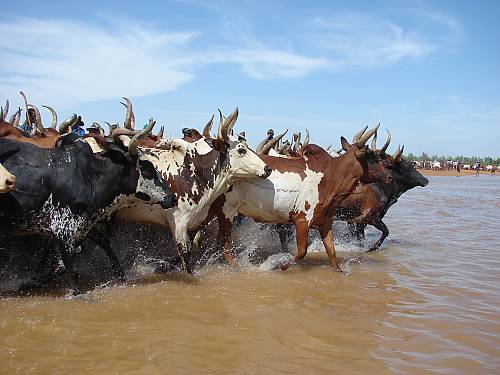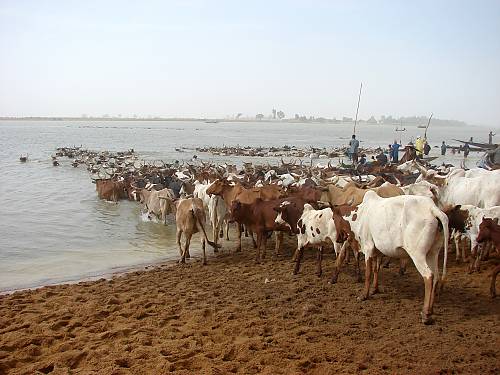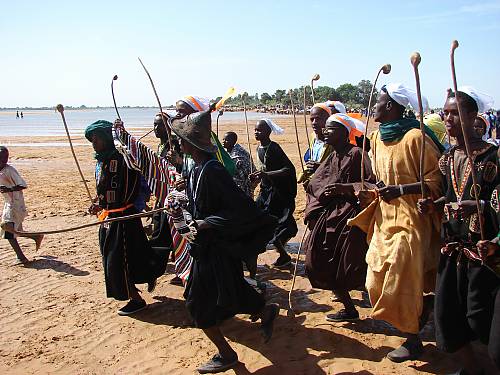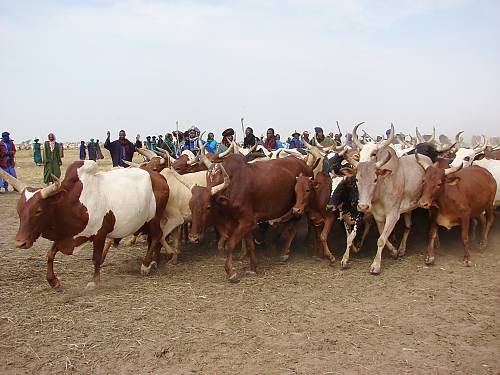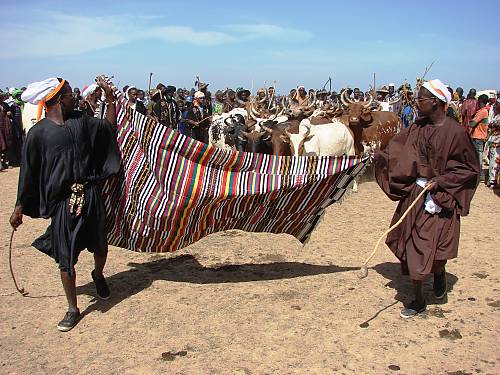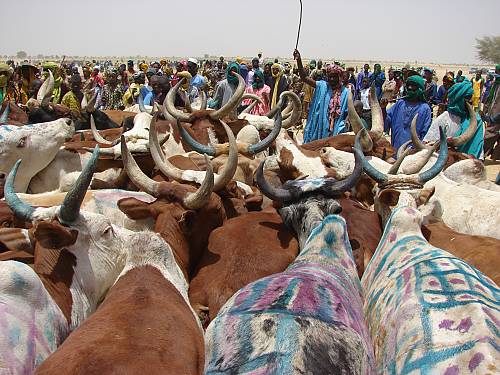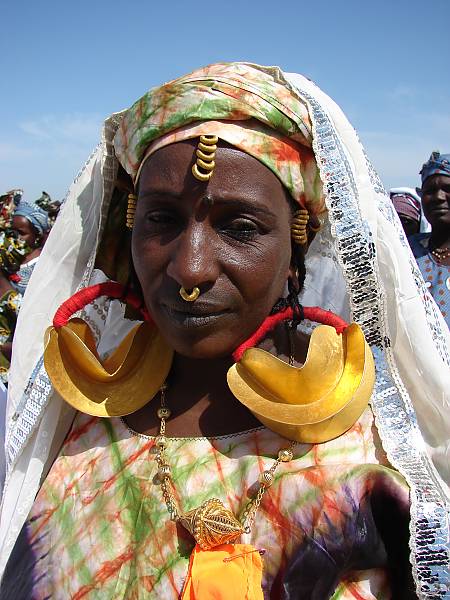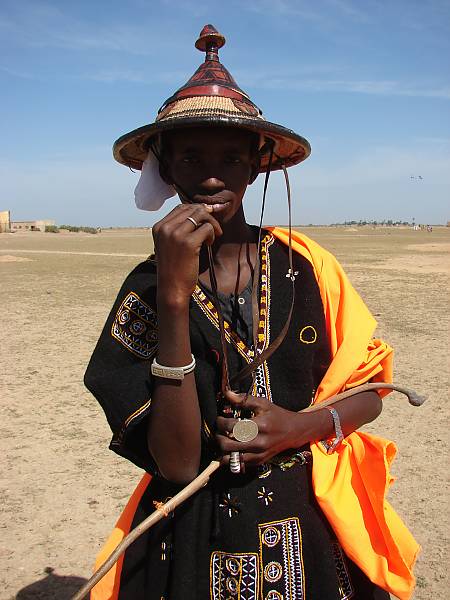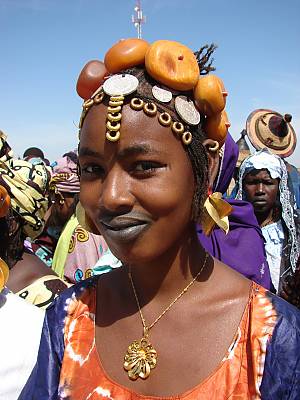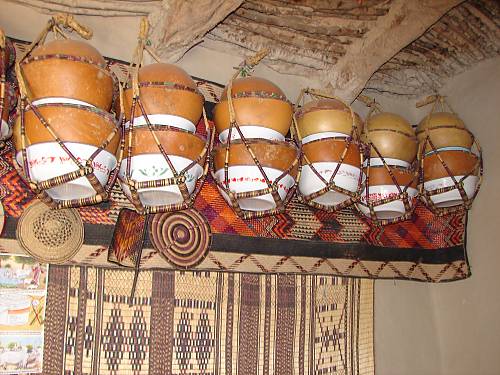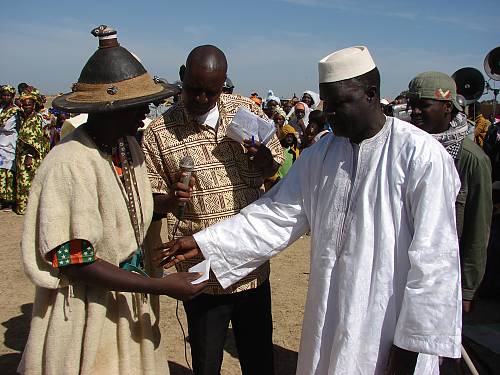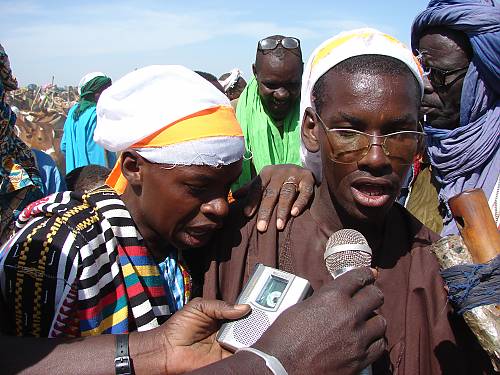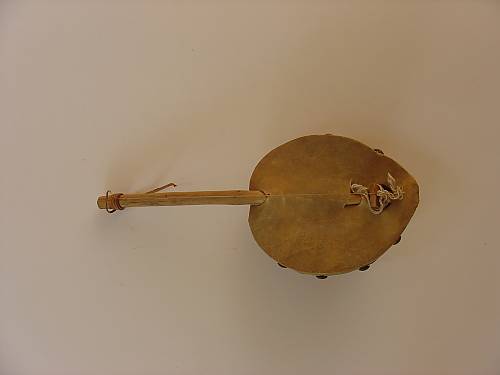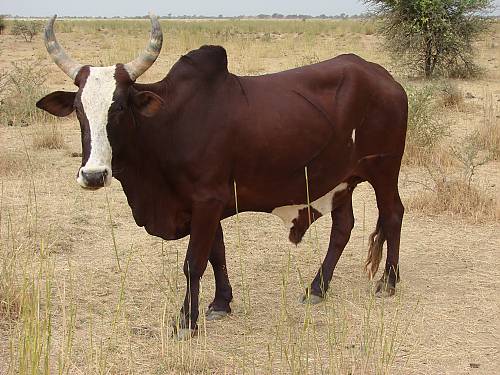Cultural space of the Yaaral and Degal
Inscribed in 2008 (3.COM) on the Representative List of the Intangible Cultural Heritage of Humanity (originally proclaimed in 2005)

The cultural space of the Yaaral and the Degal encompasses the vast pastoral lands of the Peul of the inner Niger Delta. The Yaaral and the Degal festivities mark the crossing of the river at the time of the transhumance. Twice a year, herds of cattle cross the arid land of the Sahel and the flood plains of the inner Niger River. The festivities always take place on a Saturday, an auspicious day in popular Peul belief, and their exact date is determined according to the state of the pasture and the river level.
These festivities give rise to varied cultural expressions. Competitions for the most beautifully decorated herd are organized. Herdsmen recite pastoral poems relating their adventures during the long months of trekking. Young women put on their finest clothes and jewellery to acclaim the herdsmen in song.
These two events, dating back to the settlement of Peuls in the region around the fourteenth century, are the linchpins of the way of life of these people. The management of the pasturelands, the marking out of transhumance routes and the gathering of herds at specific points have improved the organization of the event and have resulted in larger crowds, turning these pastoral festivals into major events. Because they bring together representatives of all the ethnic and occupational groups in the Delta – Peul cattle-breeders, Marka or Nono rice-growers, Bambara millet-growers and Bozo fishermen – the Yaaral and the Degal continue to renew inter-community pacts and reinforce social cohesion. The strong attachment of the communities in the region to these festivities ensures their continuity, although they may be weakened by the rural exodus of the young and recurring droughts affecting the pastureland and the herds.
